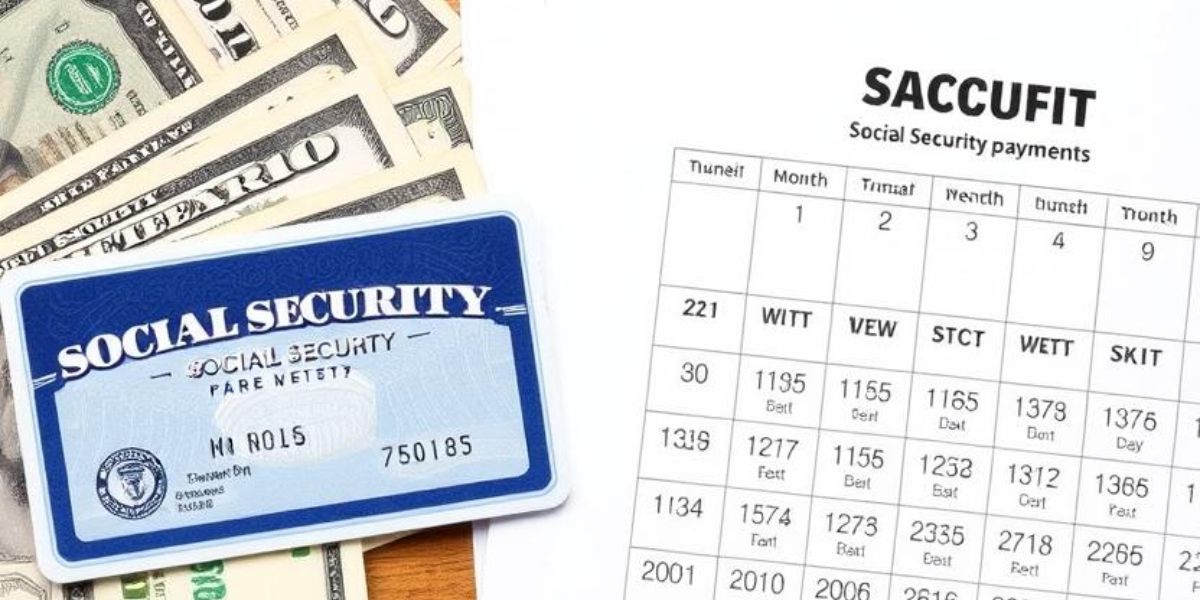The Social Security Administration (SSA) began disbursing benefits for retirees and SSDI recipients this Wednesday, May 14, 2025, continuing through the 21st and 28th based on beneficiaries’ birthdates. The monthly payments are a critical financial resource for millions of Americans—especially older adults and people with disabilities—facing rising living costs.
Payment Dates Set by Birthdate: A Familiar Schedule Returns
This month’s payment schedule, consistent with SSA’s long-standing method, distributes benefits on the second, third, and fourth Wednesdays of May:
- May 14: For those born between the 1st and 10th
- May 21: For those born between the 11th and 20th
- May 28: For those born between the 21st and 31st
For those who’ve been receiving Social Security since before May 1997, or who receive both Social Security and Supplemental Security Income (SSI), payments were issued early—on Friday, May 2, since May 3 fell on a Saturday this year.
“The system is designed to streamline distribution and avoid backlogs,” said SSA public affairs officer Julianne Torres. “Spreading out payments helps ensure that direct deposits and checks go out smoothly for the 70 million Americans depending on them.”
Understanding the Payouts: From SSI to Full Retirement Benefits
The maximum Social Security retirement benefit in 2025 is now $5,108 per month. However, this amount is only available to those who delay retirement until age 70 and have contributed the maximum taxable income—$176,100—for at least 35 years.
Here’s how monthly benefits break down by retirement age:
- At age 62: up to $2,831/month
- At full retirement age (typically 66–67): up to $3,822/month
- At age 70: up to $5,108/month
Those receiving Social Security Disability Insurance (SSDI) can receive up to $4,018/month in 2025, a modest increase over last year. Meanwhile, SSI recipients—often seniors and disabled adults with limited income—receive $967/month individually or $1,450 for a couple.
Policy Roots and Broader Implications
The SSA’s indexed increases are tied to the Consumer Price Index for Urban Wage Earners and Clerical Workers (CPI-W), with the latest cost-of-living adjustment (COLA) responding to persistent inflation. The 2025 increase continues efforts to preserve the real value of benefits amid surging housing, food, and utility prices.
In Florida, Texas, and other high-cost-of-living states, fixed-income recipients are increasingly squeezed despite the annual COLA. “Even with the adjustment, my rent’s gone up $300 since last year,” said Rosa Mendoza, 68, a retiree in San Antonio. “Every dollar helps, but we need to talk about affordable living, not just cost-of-living.”
Legal Protections and Next Steps for Beneficiaries
SSA reminds beneficiaries that delayed retirement credits are available to those who wait past their full retirement age, increasing monthly income by up to 8% per year. Conversely, early retirees can see reductions of up to 30% from their full benefit.
“Understanding your options is key,” said financial advisor Angela Healy. “The difference between retiring at 62 and 70 could mean thousands per year.”
The SSA urges recipients to check their My Social Security online accounts for exact payment dates, and to report delays or discrepancies promptly.
Are you receiving Social Security benefits this month? How are you managing cost-of-living increases? Share your story in the comments.




